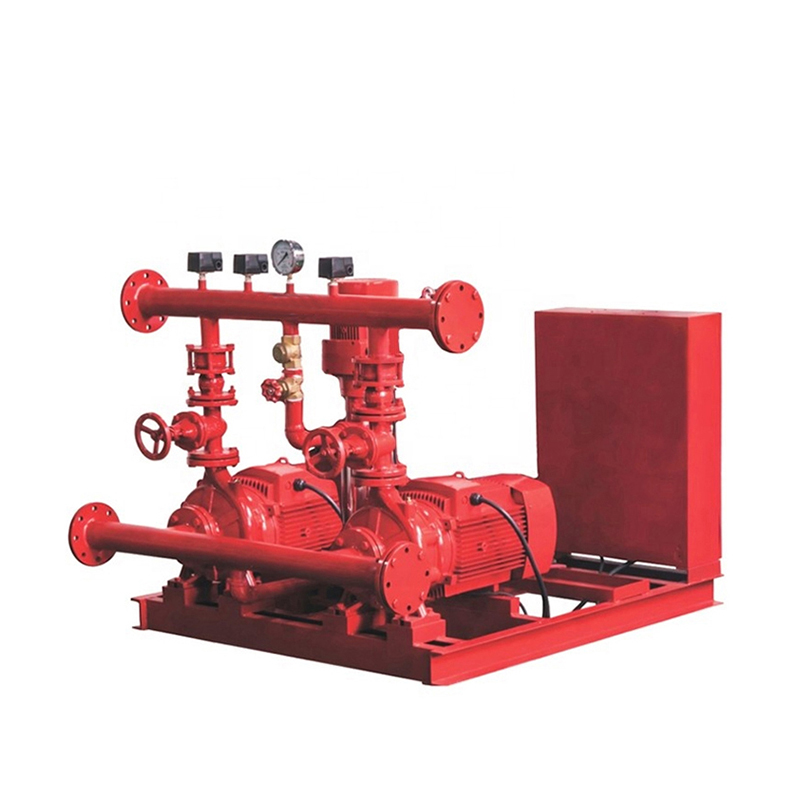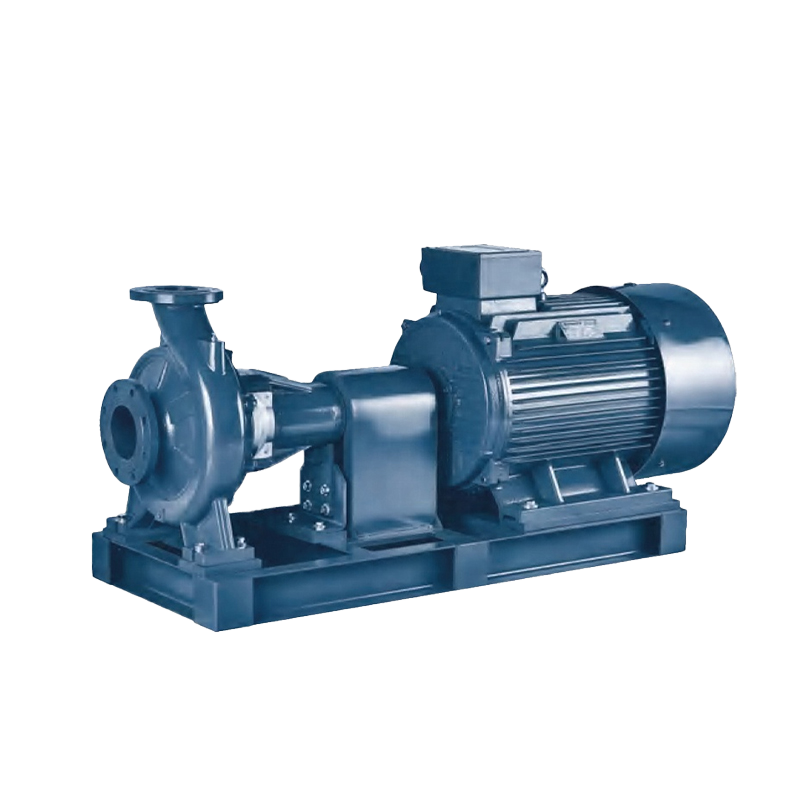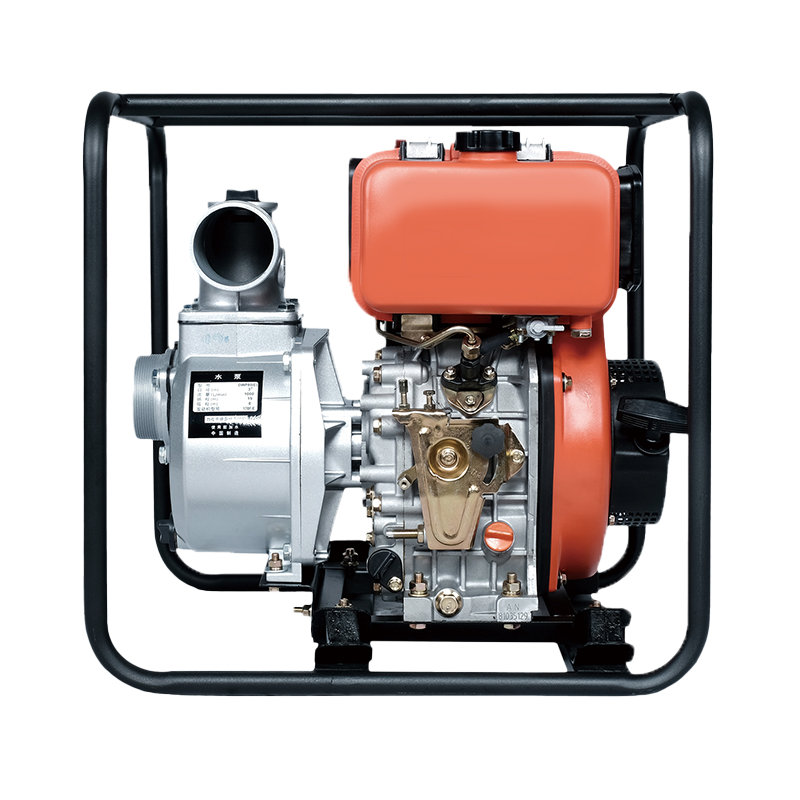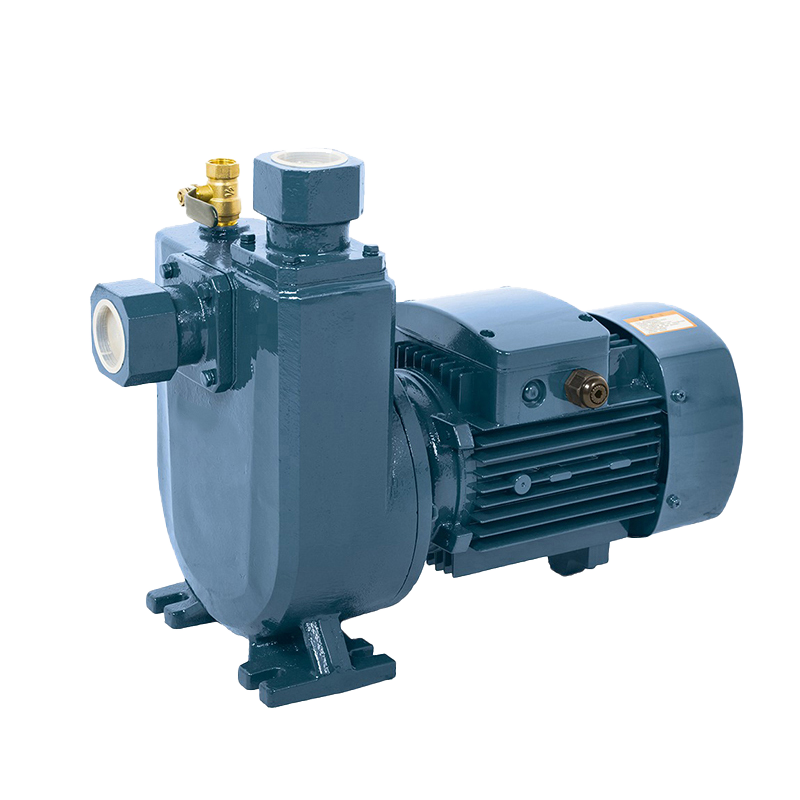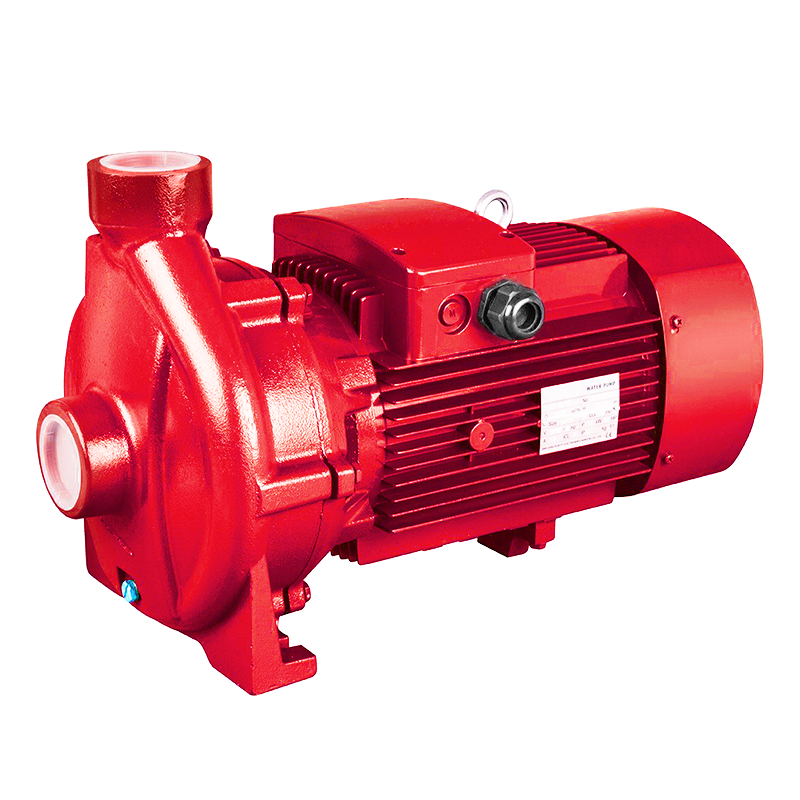
In the realm of industrial fluid handling, selecting the right pump is paramount for achieving optimal performance, efficiency, and cost-effectiveness. Among the diverse options available, vertical multi-stage pumps stand out as a reliable and efficient choice. These pumps are designed to excel in various applications across industries, offering a myriad of benefits that make them a preferred solution for fluid transport. Let’s explore why integrating vertical multi-stage pumps into industrial operations is a smart move.
1. Space-Saving Design:
One of the significant advantages of vertical multi-stage pumps is their compact design. These pumps occupy minimal floor space compared to their horizontal counterparts. Their vertical orientation allows them to fit seamlessly into confined areas, making them ideal for installations where space is limited. This design feature not only optimizes space utilization but also facilitates easier maintenance and accessibility.
2. High Energy Efficiency:
Energy costs are a significant concern for industries worldwide. Vertical multi-stage pumps are renowned for their energy-efficient performance. The multi-stage design enables the pump to operate at varying speeds and adapt to changing demands, resulting in lower energy consumption. This not only reduces operational costs but also aligns with sustainability goals.
3. Consistent Performance Across a Wide Range:
One of the standout features of vertical multi-stage pumps is their ability to deliver consistent performance across a broad range of flow rates and pressures. This versatility makes them suitable for diverse industrial applications, from water supply and pressure boosting to HVAC systems and industrial processes. Industries with fluctuating demand can rely on these pumps to maintain steady and reliable performance.
4. Longevity and Durability:
Investing in equipment with a long lifespan is a smart decision for any industry. Vertical multi-stage pumps are built with durability in mind, utilizing high-quality materials(304 or 316 stainless steel) and precision engineering. This robust construction ensures a longer operational life, reducing the frequency of replacements and associated costs.
5. Easy Installation and Maintenance:
Installation and maintenance convenience are pivotal in any equipment selection process. Vertical multi-stage pumps, with their vertical configuration, facilitate easier installation and alignment. Moreover, their design simplifies maintenance procedures, allowing for swift inspection and part replacement when necessary. This ease of maintenance translates to reduced downtime, enhancing operational continuity.
Conclusion:
The utilization of vertical multi-stage pumps in industrial settings offers a plethora of advantages, including space efficiency, high performance, versatility, reliability, and ease of maintenance. As industries continue to evolve, the importance of selecting the right equipment to optimize processes cannot be overstated. Investing in these pumps not only enhances operational efficiency but also ensures long-term cost savings and sustainability.
In conclusion, the versatility, efficiency, and reliability of vertical multi-stage pumps position them as an indispensable asset in industrial fluid handling. Embracing these pumps can unlock enhanced productivity and performance, making them a wise choice for any industrial operation seeking excellence in fluid transport and management.
 English
English عربى
عربى
 Fire Pump and System
Fire Pump and System Split Case Pump
Split Case Pump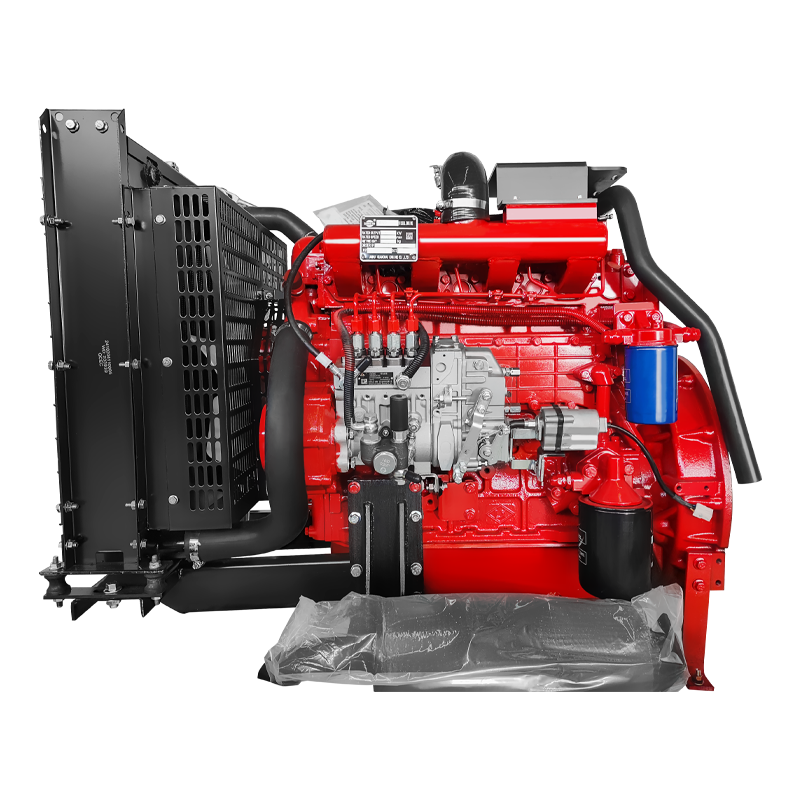 Engine and Pump
Engine and Pump Long Shaft Pump
Long Shaft Pump Multistage pump
Multistage pump Water Supplier System
Water Supplier System Sewage Pump
Sewage Pump Industrial Pump
Industrial Pump Self-Priming Pump
Self-Priming Pump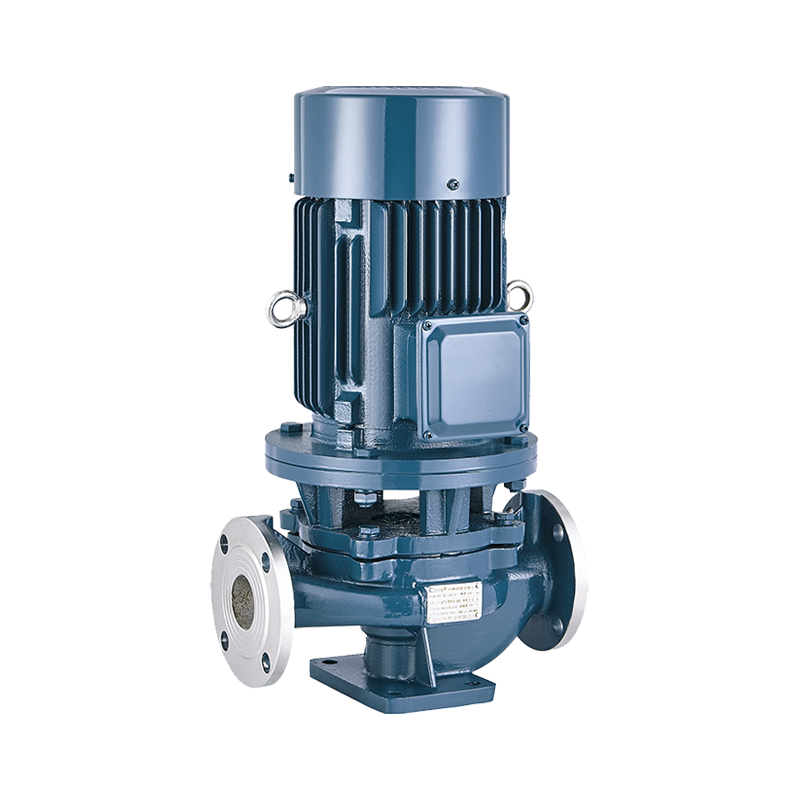 Inline Pump
Inline Pump Domestic Pump
Domestic Pump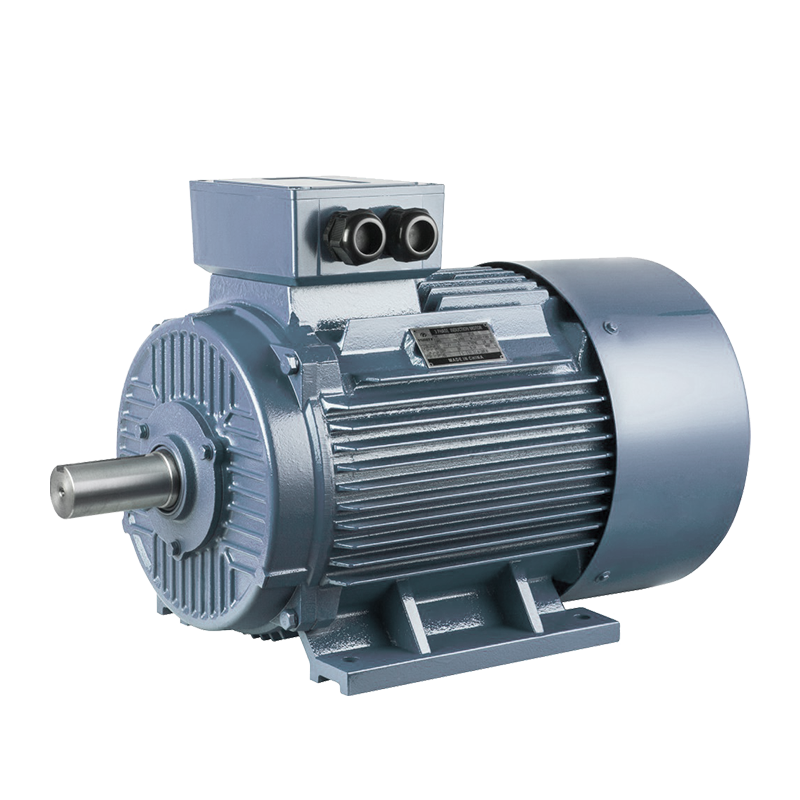 Electric Motor
Electric Motor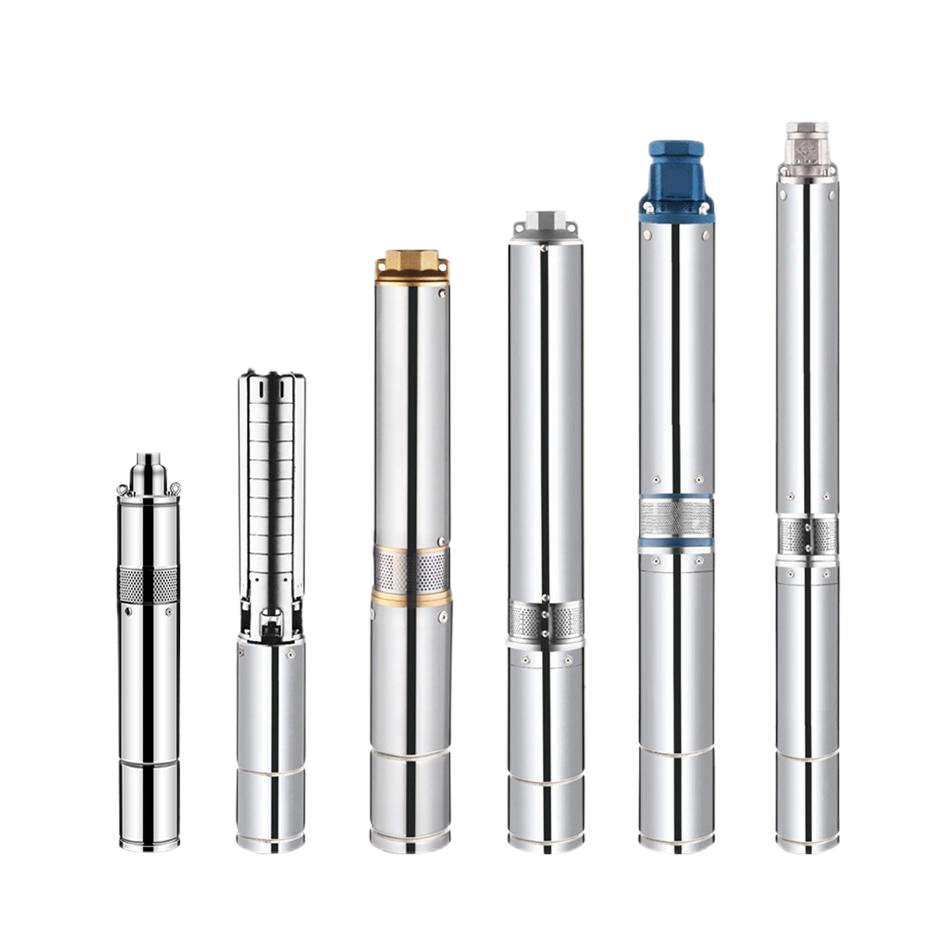 Borehole Pump
Borehole Pump